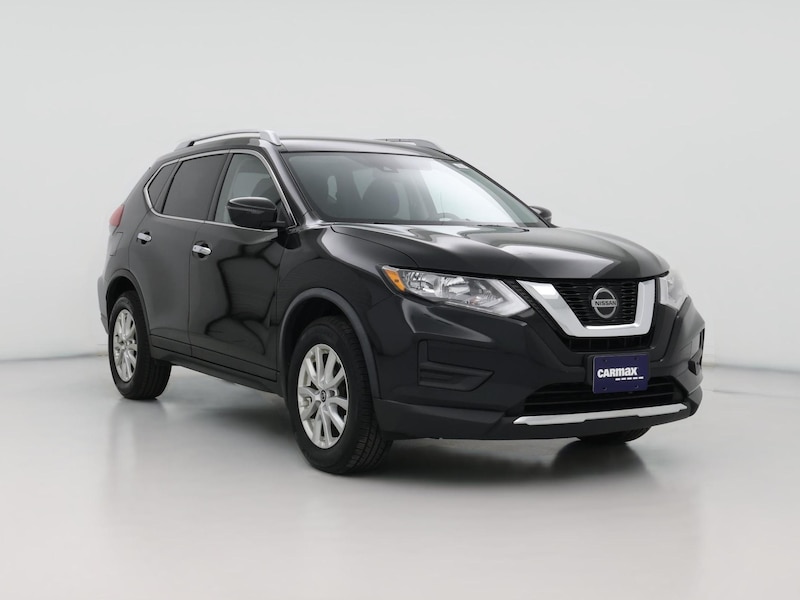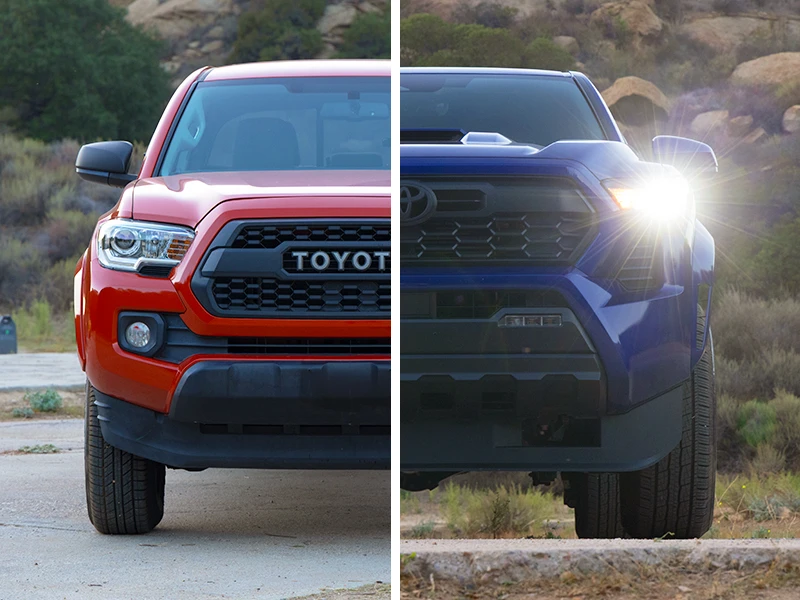Two great sedans go head to head.
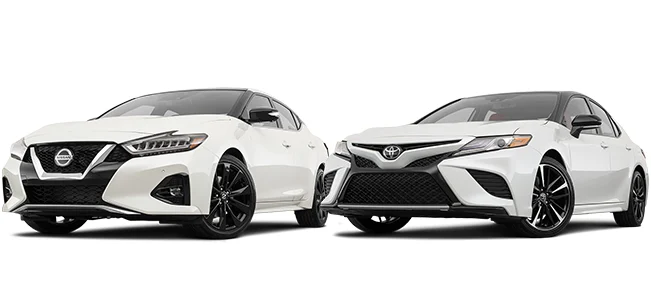
Finding the right sedan can be a little daunting. There are literally dozens of options out there, from basic commuter cars to models loaded with luxurious features. Two longtime favorites in the full-size category are the Nissan Maxima and the Toyota Camry. If you are narrowing down your used car search and find these two options bubbling to the top, this comparison will give you a quick overview of how they stack up to each other.
In the market for a midsize sedan? Take a read through these articles in our Midsize Sedan Comparison Series to learn more:
Ask the Expert: Should You Buy A Honda Accord or Toyota Camry?
Ask the Expert: Should You Buy A Honda Accord or Hyundai Sonata?
Sedans like the Maxima and Camry deliver comfortable seating for five along with loads of features and options to help make the most of your next drive. The Maxima has been around since 1981 but was actually a compact car for the first seven years of its life. Nissan bumped it up in size starting in 1988 and the latest eighth-generation Maxima went on sale for the 2016 model year. The Camry has also been on the market for quite some time, also starting as a compact car in the early 1980s. Toyota upsized the Camry in 1991 and the latest generation went on sale in 2018. Let's see how these sedans compare across a variety of criteria.
Side-by-Side Comparison

2019 Nissan Maxima | 2019 Toyota Camry | |
|---|---|---|
Average Price | $27,000 | $21,400 |
Performance | ||
Base Engine | 3.5L V6 | 2.5L four-cylinder |
Horsepower | 300 | 203 |
MPG | 24 mpg combined | 32 mpg combined |
Interior | ||
Seating | 5 | 5 |
Cargo Space | 14.3 cu ft | 15.1 cu ft |
Front Legroom | 45 inches | 42.1 inches |
Rear Legroom | 34.2 inches | 38 inches |
Overall Interior Space | 98.5 cu ft | 100.4 cu ft |
Ratings | ||
Safety Rating | 5/5 | 5/5 |
Tailpipe Emissions | 378 g/mile | 264 g/mile |
Features and Trim Options
Nissan Maxima
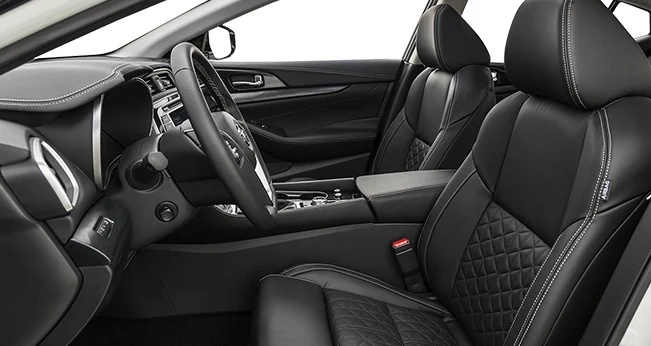
The Nissan Maxima is a sporty sedan, but it's got a lot more going for it.
You'll find standard features on all 2017–2020 base models such as:
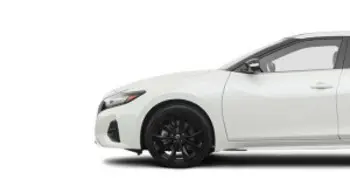
Cloth seating
Eight-inch touchscreen display
Apple CarPlay® (2017+) and Android Auto™ (2018+)
Automatic headlights and LED running lights
Dual-zone automatic climate control
Driver Aids including Intelligent Trace Control, Active Ride Control, and Intelligent Engine Brake (2020+)
Toyota Camry

The Toyota Camry is just as well equipped, with a great mix of trim levels to help you find just the right option.
Standard features on 2017–2020 base model Camrys include:

Cloth seating
6.1-inch Entune™ touchscreen interface (seven-inch for 2018+)
Automatic headlights
Rearview camera
Heated mirrors
Sunroof
Engine Options
The standard, and only, engine offered on a 2017–2020 Nissan Maxima is a 3.5L V6 producing 300 hp, which may make it easier to decide if this is the car for you.
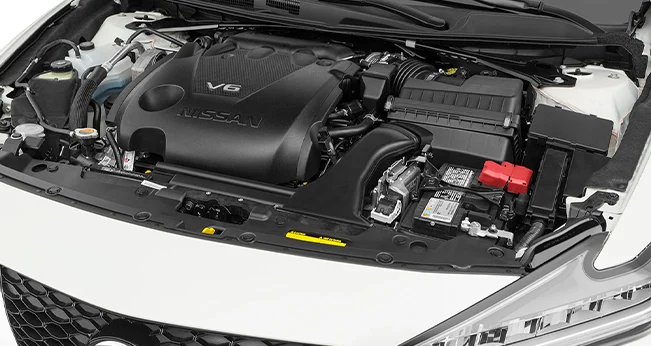
The 2017 Toyota Camry came standard with a 2.5L four-cylinder engine producing 178 hp, or you could go for an optional 3.5L V6 putting out 268 hp. For 2018, the Camry received an update that included a new suite of engines. For the 2018–2020 model years the base engine was still a 2.5L four-cylinder, but power was up to 203 hp, while the optional 3.5L V6 was bumped to 301 hp.

Fuel Economy
The Nissan Maxima is fairly consistent with regard to mpg numbers across the 2017–2020 model years. 2017–2018 Maxima models with the sole V6 engine get an EPA-estimated 25 mpg combined, while the 2019–2020 models with the V6 get an EPA-estimated 24 mpg combined.††
The Camry also varies depending on the model year and engine option. The 2.5L engine for 2017 nets an EPA-estimated 24 mpg combined, while the 2017 3.5L gets an EPA-estimated 24 mpg combined.†† For 2018–2020 models, the Camry gets an EPA-estimated 32-34 mpg combined with the 2.5L engine, depending on trim level.†† The 3.5L Camry for 2018–2020 gets an EPA estimated 26 mpg combined.††
Tech Features
Each of these great sedans comes with a variety of the latest tech. They both have a pretty solid set of technology features which will vary depending on trim level. Starting with the Maxima, all 2017 and newer models will feature great standard tech like:
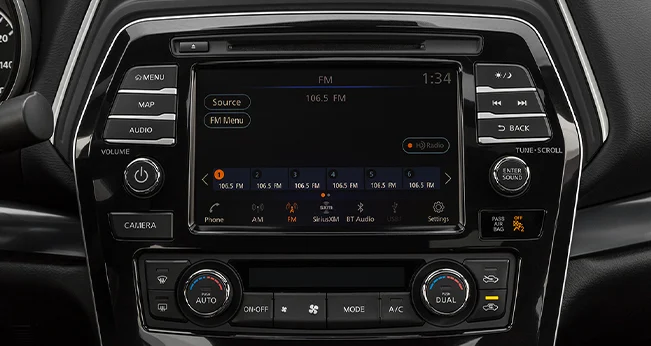
Eight-inch touchscreen display
Rearview camera
Navigation system
Bluetooth and USB (two ports) connectivity
Apple CarPlay (2017+) and Android Auto (2018+)
An eight-speaker sound system with satellite radio
Meanwhile, the Camry is also loaded with a great mix of the latest tech. You'll find features like:

6.1-inch Entune™ touchscreen interface (seven-inch for 2018+)
Rearview camera
Bluetooth connectivity
USB port (1)
Toyota's suite of driver aids (2018+)
Cargo Space
What good is a full-size car if you can't use it to haul your stuff? The 2017–2020 Nissan Maxima features 14.3 cu ft of trunk space, while the 2017 Toyota Camry rings in at a slightly more impressive 15.4 cu ft.
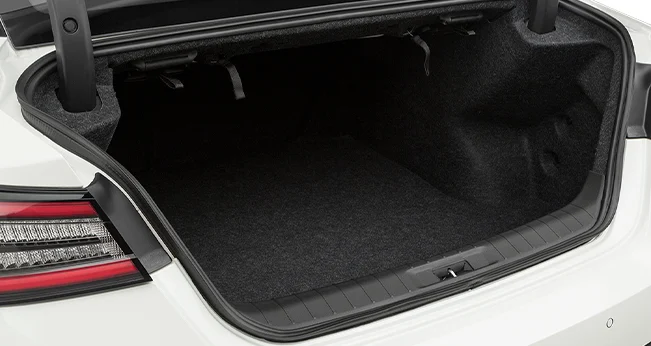
Take note, the 2018 and newer Camry drops a bit to 15.1 cu ft of cargo space. While the Camry wins out, there's not much of a difference in cargo capacity, so both of these sedans are great if you've got luggage or groceries to haul.

Pricing
The 2021 Nissan Maxima and 2021 Toyota Camry are newer model years and we currently have a limited number in our inventory. See below for average CarMax prices for previous model years of the Nissan Maxima and Toyota Camry.
Nissan Maxima
2017—Average prices less than $22,000†
2018—Average prices less than $23,500†
2019—Average prices less than $27,000†
2020—Average prices less than $28,500†
Toyota Camry
2017—Average prices less than $17,500†
2018—Average prices less than $21,000†
2019—Average prices less than $21,500†
2020—Average prices less than $24,500†
Safety Ratings
The 2019 Nissan Maxima with FWD received an overall five-star safety rating from the National Highway Traffic Safety Administration (NHTSA). The 2020 Toyota Camry with FWD also received an overall five-star safety rating from the NHTSA. Additional ratings are displayed for each car below. Certain vehicles may have unrepaired safety recalls. Click here to look up a specific vehicle.
2019 Nissan Maxima
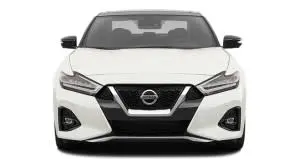
Frontal Barrier Crash Rating Test: A head-on collision between two similar vehicles traveling at 35 mph.
Overall: 5/5
Side Barrier Crash Rating Test: A vehicle standing in an intersection sustains driver-side impact from a vehicle moving at 38.5 mph.
Overall: 5/5
Side Pole Crash Rating Test: A vehicle slides sideways at 20 mph and impacts a tree or telephone pole.
Overall: 4/5
2019 Toyota Camry

Frontal Barrier Crash Rating Test: A head-on collision between two similar vehicles traveling at 35 mph.
Overall: 5/5
Side Barrier Crash Rating Test: A vehicle standing in an intersection sustains driver-side impact from a vehicle moving at 38.5 mph.
Overall: 5/5
Side Pole Crash Rating Test: A vehicle slides sideways at 20 mph and impacts a tree or telephone pole.
Overall: 5/5
Reliability
According to RepairPal, the Maxima and the Toyota have identical reliability ratings.
Nissan Maxima
RepairPal gave the Nissan Maxima an overall reliability rating of 3.5 out of 5 stars, which RepairPal describes as above average.
Cost: RepairPal reports that the average total annual cost for repairs and maintenance on a Nissan Maxima is $540, compared to an average of $590 for full-size cars and $652 for all the vehicles RepairPal considered in its dataset.
Frequency: According to RepairPal, Nissan Maxima owners bring their vehicles into a repair shop for unscheduled repairs an average of 0.3 times per year, compared to an average of 0.3 times for full-size cars and 0.4 times for all the vehicle models RepairPal considered in its dataset.
Severity: RepairPal reported that the probability of a repair being a severe or major issue is 15% for the Nissan Maxima, compared to an average of 13% for full-size cars and 13% for all the vehicles RepairPal considered in its dataset.
Toyota Camry
RepairPal gave the Toyota Camry an overall reliability rating of 3.5 out of 5 stars, which RepairPal describes as above average.
Cost: RepairPal reports that the average total annual cost for repairs and maintenance on a Toyota Camry is $540, compared to an average of $590 for full-size cars and $652 for all the vehicles RepairPal considered in its dataset.
Frequency: According to RepairPal, Toyota Camry owners bring their vehicles into a repair shop for unscheduled repairs an average of 0.3 times per year, compared to an average of 0.3 times for full-size cars and 0.4 times for all the vehicle models RepairPal considered in its dataset.
Severity: RepairPal reported that the probability of a repair being a severe or major issue is 15% for the Toyota Camry, compared to an average of 13% for full-size cars and 13% for all the vehicles RepairPal considered in its dataset.
RepairPal Reliability Ratings are based on the actual cost, frequency, and severity of unscheduled repairs and maintenance on make/model data for select 2010–2019 vehicles. The reliability of a specific vehicle may vary depending on its maintenance and driving history, model year, trim, and features.
*RepairPal Reliability Ratings are provided by RepairPal and CarMax is not responsible for their accuracy. These ratings are based on RepairPal Reliability data as of 12/31/2018. Learn more.
Performance
Nissan has almost always referred to the Maxima as a "Four-Door Sports Car (4DSC)" and it earns that name fairly well with a 5.8 second run to 60 mph across 2017–2020 models (according to the manufacturer, when new).
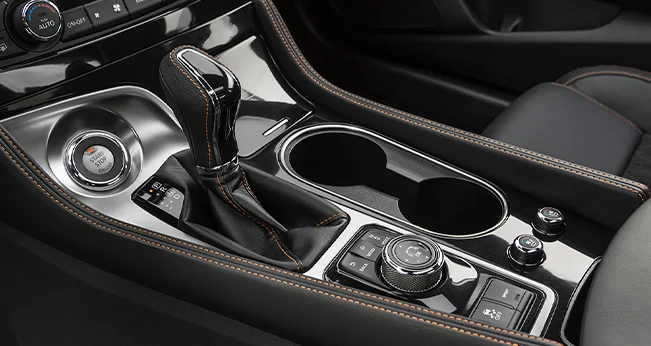
The 2017 Camry with the smaller 2.5L engine achieves around 8.5 seconds to 60 mph, while the V6 comes in at 5.8 seconds, just like the Maxima—all according to the manufacturer, when new. The updated 2018+ Camry will do 7.6 seconds to 60 with the 2.5L engine with another Maxima-matching 5.8 second zero to 60 time for the V6 version (according to the manufacturer, when new).

Emissions
The Nissan Maxima has varying tailpipe greenhouse gas emissions ratings depending on the model year.
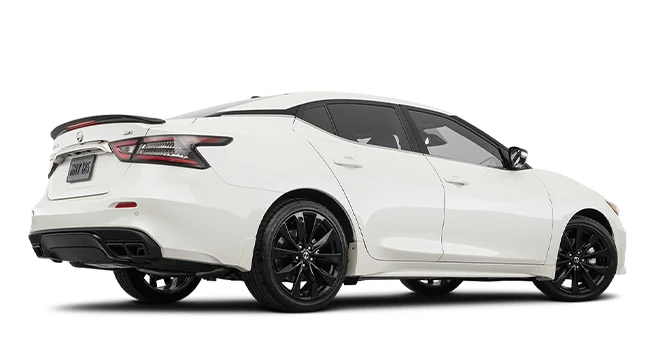
According to EPA estimates, the 2017 Nissan Maxima's tailpipe greenhouse gas emissions are 366 grams per mile.
According to EPA estimates, the 2018 Nissan Maxima's tailpipe greenhouse gas emissions are 364 grams per mile.
According to EPA estimates, the 2019–2020 Nissan Maxima's tailpipe greenhouse gas emissions are 378 grams per mile.
For the Toyota Camry, it also varies depending on the model year.

According to EPA estimates, the 2017 Toyota Camry with the 2.5L engine has tailpipe greenhouse gas emissions are 321 grams per mile.
According to EPA estimates, the 2018–2020 Toyota Camry with the 2.5L engine has tailpipe greenhouse gas emissions are 264 grams per mile.
According to EPA estimates, the 2017 Toyota Camry with the 3.5L engine has tailpipe greenhouse gas emissions are 363 grams per mile.
According to EPA estimates, the 2018–2020 Toyota Camry with the 3.5L engine has tailpipe greenhouse gas emissions are 338 grams per mile.
These estimates are based on a brand-new model. Visit fueleconomy.gov for more details.
The Bottom Line
In the end, you can't go wrong with the Maxima or the Camry. The Maxima offers standard V6 power across the 2017–2020 model years, plus a great mix of tech and other standard features. The Camry is a bit more frugal, with a smaller base engine and optional V6. Both cars offer seating for five, and while the Camry has a bit more cargo space and rear legroom, the Maxima offers more front passenger space. Take a test drive today to see which car you prefer and to find a model that best fits your needs.
Want to continue your search? Check out these related articles:

